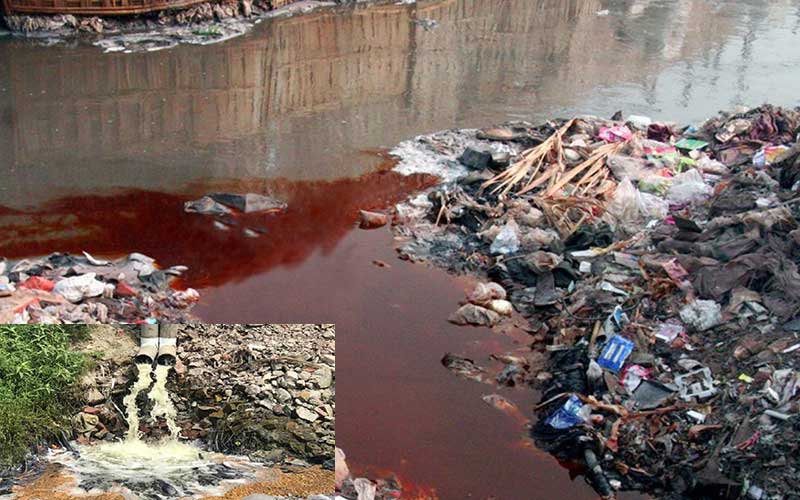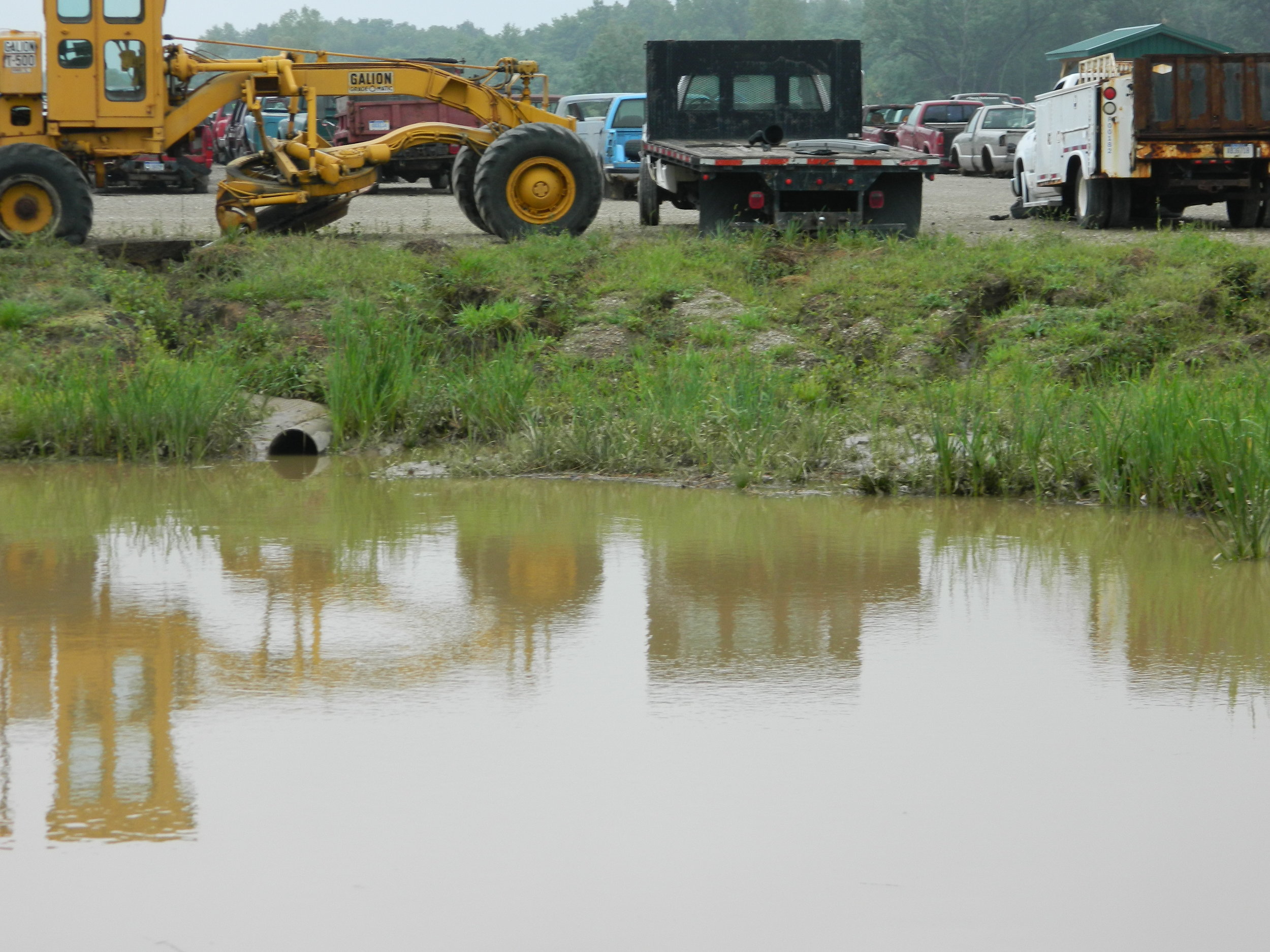Top Liquid Waste Disposal Melbourne: Trusted Solutions for Appropriate Waste Administration
Wiki Article
How Fluid Waste Disposal Works: An In-depth Summary of Techniques and Technologies Employed

Summary of Liquid Waste Types
The complexity of fluid waste types necessitates a detailed understanding of their qualities and effects for disposal. Liquid waste can generally be categorized into several kinds, consisting of commercial, metropolitan, farming, and dangerous waste. Each classification shows distinct properties, calling for particular administration strategies to alleviate environmental and health threats.
Industrial liquid waste originates from manufacturing procedures and usually has a series of contaminants, such as heavy metals, solvents, and organic substances. Community fluid waste, mainly consisting of wastewater from houses and commercial facilities, includes natural matter, nutrients, and pathogens (industrial wastewater treatment). Agricultural liquid waste, consisting of overflow from farms, might consist of plant foods, chemicals, and animal waste, presenting threats to water top quality and communities
Harmful liquid waste is defined by its toxicity, reactivity, or prospective to cause harm. This group consists of substances like acids, bases, and certain chemicals that demand stringent handling and disposal procedures. Recognizing these diverse fluid waste types is essential for developing reliable disposal techniques and making certain compliance with ecological regulations. Appropriate category and characterization are essential for applying suitable treatment strategies and decreasing the negative impacts on public health and the setting.
Physical Therapy Approaches

Testing is the preliminary action, where bigger bits and debris are eliminated from the liquid waste making use of displays or grates. In sedimentation storage tanks, much heavier particles resolve at the bottom, creating a sludge layer, while the made clear liquid can be additional treated.
Filtration is another essential approach that includes passing the liquid via porous products, such as sand or membranes, to catch smaller sized bits. This step improves the high quality of the fluid, making it ideal for subsequent therapy processes.

Chemical Therapy Techniques
Chemical therapy methods are crucial for properly taking care of fluid waste, particularly in resolving liquified and colloidal pollutants that physical approaches may not sufficiently eliminate. These techniques use various chemical agents to neutralize, precipitate, or change dangerous materials right into much less dangerous kinds.One typical method is coagulation and flocculation, where chemicals such as alum or ferric chloride are included in promote the gathering of suspended fragments. This procedure boosts sedimentation, permitting easier elimination of the resulting sludge. Additionally, oxidation procedures, employing representatives like chlorine or ozone, are employed to break down complicated organic substances and pathogens, rendering the waste more secure for discharge or more therapy.
Neutralization is one more essential technique, which readjusts the pH of acidic or alkaline waste streams to neutral levels, stopping possible damage to downstream systems and the environment. Moreover, progressed oxidation procedures (AOPs) utilize mixes of oxidants and ultraviolet light to break down consistent pollutants, attaining a greater degree of treatment efficiency.
Organic Treatment Procedures
Organic treatment go to this web-site processes play visit their website an essential duty in the management of liquid waste by making use of bacteria to decay organic issue and reduce pollutant degrees. These processes can be extensively categorized right into anaerobic and cardio treatments, each using specific microbial communities to accomplish efficient waste degradation.Cardio treatment involves making use of oxygen to help with the breakdown of organic products by microorganisms. This process is typically executed in turned on sludge systems, where oygenation tanks supply a helpful atmosphere for microbial development, bring about the oxidation of natural contaminants. The resultant biomass can be divided from dealt with effluent through sedimentation.
On the other hand, anaerobic therapy occurs in the absence of oxygen, counting on various microorganisms to break down raw material. This Homepage technique is specifically useful for high-strength waste, as it creates biogas, an eco-friendly power source, while reducing sludge manufacturing. Technologies such as anaerobic digesters are often used in industrial and community applications.
Both aerobic and anaerobic organic therapies not only decrease the environmental effect of liquid waste yet additionally assist in source healing, making them necessary components of lasting waste administration strategies. Their performance, flexibility, and effectiveness support their widespread execution throughout various industries.
Arising Technologies in Disposal
Ingenious strategies to liquid garbage disposal are swiftly developing, driven by improvements in modern technology and an increasing emphasis on sustainability. Amongst these arising modern technologies, membrane layer bioreactors (MBRs) have gotten grip for their ability to combine organic treatment with membrane layer filtration, leading to high-quality effluent that can be reused in numerous applications. MBRs allow smaller footprints and much more efficient operations compared to conventional systems.One more promising growth is the use of anaerobic food digestion combined with nutrient healing technologies, which not only treats liquid waste yet additionally produces biogas and recoups important nutrients like nitrogen and phosphorus. This dual advantage boosts source effectiveness and minimizes environmental influence.
In addition, progressed oxidation procedures (AOPs) are being taken on for the degradation of complex organic toxins. These methods utilize effective oxidants and drivers to break down impurities at the molecular degree, using a very efficient remedy for challenging waste streams.
In addition, the assimilation of expert system and maker learning in waste monitoring systems is maximizing functional performance and anticipating maintenance, bring about reduced costs and enhanced environmental compliance. These technologies show a considerable shift in the direction of more lasting and effective fluid garbage disposal techniques.
Conclusion
In final thought, efficient fluid waste disposal demands a comprehensive understanding of various methods and technologies. By continually progressing these approaches, it ends up being feasible to address the growing challenges linked with liquid waste, eventually adding to environmental protection and source healing.Liquid waste disposal is a crucial element of environmental administration, needing a thorough understanding of various methods and technologies customized to various waste kinds. Liquid waste can broadly be classified right into numerous types, including industrial, municipal, agricultural, and harmful waste. Agricultural fluid waste, including runoff from farms, may include fertilizers, chemicals, and pet waste, posing threats to water top quality and ecosystems.
Various physical treatment techniques play an essential role in managing liquid waste effectively - industrial wastewater treatment.In final thought, reliable liquid waste disposal demands a detailed understanding of numerous strategies and modern technologies
Report this wiki page